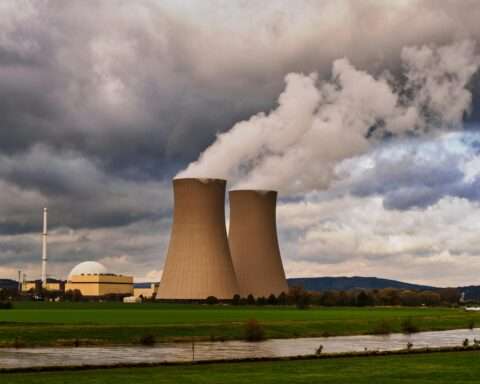By Paul Stinson
In an effort to strengthen the nation’s power grid, the U.S. Department of Energy (DOE) has awarded $3.46 billion to 58 innovative projects that focus on delivering affordable, clean power, particularly to disadvantaged communities. The projects, spread across 44 states, will bring more than 35 gigawatts of new renewable energy online and invest in 400 microgrids.
The funding is the first round of selections under the $10.5 billion Grid Resilience and Innovation Partnerships (GRIP) program that funds electric-grid modernization initiatives. The program uses three funding mechanisms: the Grid Innovation Program, Grid Resilience Utility and Industry Grants and Smart Grid Grants.
Eight projects will receive grants totaling $1.4 billion through the Grid Innovation Program. The program funds projects that use innovative approaches to transmission, storage and distribution to connect multiple states.
The Minnesota Department of Commerce received the largest of these grants, $464 million, for a project to coordinate the planning, design and construction of five transmission projects across seven Midwest states.
Smart Grid Grants fund projects that increase transmission capacity, prevent faults that can lead to wildfires or other disturbances, integrate renewable energy at the transmission and distribution levels and increase implementation of electrified vehicles and buildings.
Thirty-four projects will receive Smart Grid grants, including $30 million to support a Florida project to integrate fault locators and manhole monitors in more than 600 vaults and 800 manholes.
Grid Resilience Utility and Industry Grants support projects that help modernize the electric grid to reduce the effects of extreme weather and natural disasters.
Sixteen projects will receive these grants, including $99 million for a wildfire mitigation project that will involve a consortium of 39 rural electric co-ops in high-threat areas. The project enables members to deploy fire-resistant grid infrastructure. That process involves undergrounding lines or upgrading overhead lines to reduce the risk of catastrophic wildfires.












